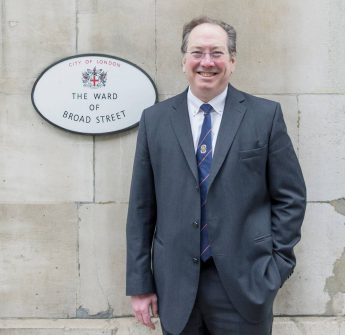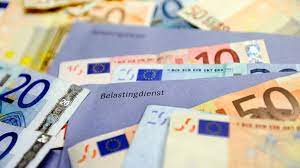Elisabeth and I spent a week in the Netherlands during April. Ostensibly, we went to see our daughter, Xenia, during her studies in Delft. We were a bit miffed to find out there were no rooms at the inns of Delft and we’d have to stay in Rotterdam, until we found out that it’s only a seven minute train ride from Rotterdam to Delft, and further discovered the warmth and fun Rotterdam and the area had to offer.
Xenia had a packed agenda for us, Delft, Haarlem, Dordrecht, den Haag, let alone Rotterdam itself. I also wanted to see the Maeslantkering, the Dutch sister to London’s Thames Barrier, which featured in Neal Stephenson’s latest book, Termination Shock. We had a wonderful trip. But Xenia was also curious to test some of my assertions about learning Dutch, or Flemish for that matter.
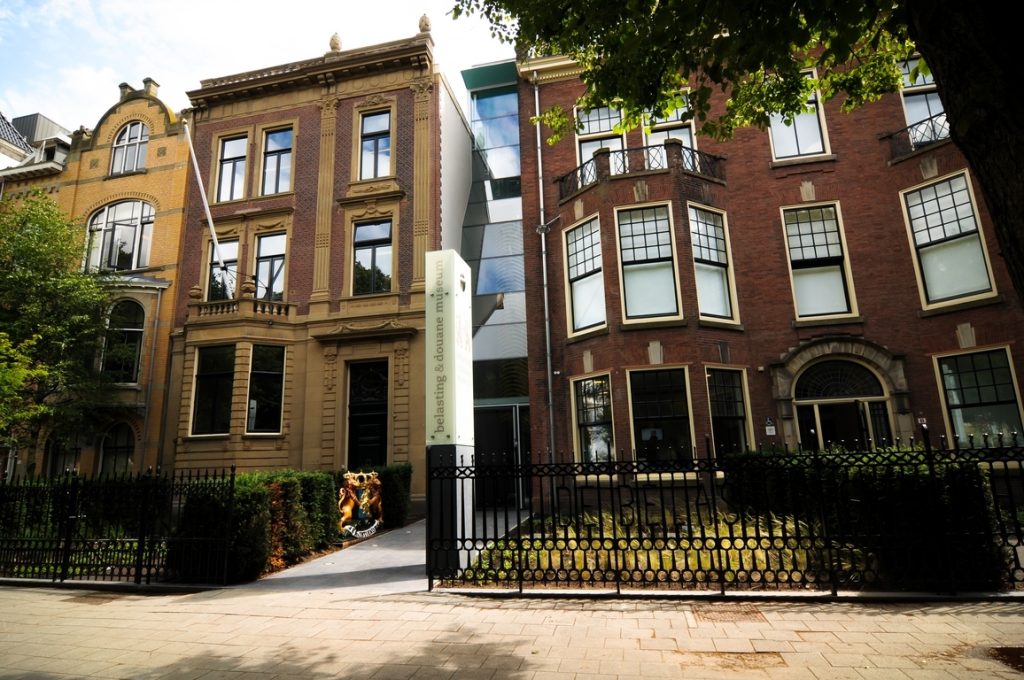
Thus, we found ourselves marching up to the gates of Rotterdam’s Belasting & Douane Museum, yes, the Tax & Customs Museum of the Netherlands. What a fantastic choice for a father who happens to be an Honorary Liveryman of the Worshipful Company of Tax Advisers. At this point knowledgeable readers will undoubtedly shake their heads from side to side, reaffirming their deep commitment never to go on holiday with the Mainelli’s.
In truth though, she had picked the venue as the Dutch ‘graduation test’ for her dad, a museum that wasn’t meant for international visitors, in the Netherlands of all places, and thus virtually no English. While you’re still moving your head back and forth, there is an International Association of Customs/Tax Museums so just think of all the language tests ahead. Before I tell you more, try to imagine a museum set up by HM Revenue & Customs or the US Internal Revenue Service, who are interestingly missing from the IACM.
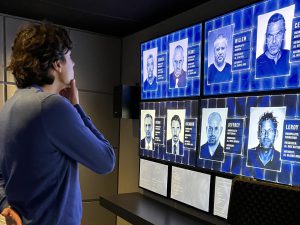
In truth, the Museum did have, unusually, a lot of exhibits and information only in Dutch, so it formed a real test. As we approached two old Rotterdam buildings, and there are few of those given the WWII bombings, we found that they had been tastefully connected with some modern architecture. On the ground floor was a cafe, a bar, a reading garden, and even an area for the under-12s to play the classic childhood game of “revenue officers and smugglers”. There was also the obligatory museum shop. The toilets were cleaner than the hotel. On three floors were more than 45,000 objects including paintings, silverworks, official dress and uniforms, objects used by smugglers, measuring and weighing instruments, prints, drawings, photos, and documents. One section was even devoted to the philosophy of tax, why do we pay, why should we pay, could we do this more fairly, what other ways could we pay tax? Another section explained tax and customs interactions within the EU.
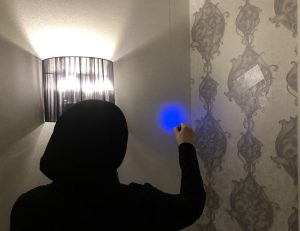
Yet Xenia was most excited to take us to the top floor where there were five puzzle/escape room exercises. She is good at these puzzle room problems and enjoys them. In each room some orders were barked at you in Dutch, “Your mission, should you choose to accept it…” and you had about four minutes to solve a problem and bang the solution into the machine to win. You can see below the yellow computer you had to put the code into.
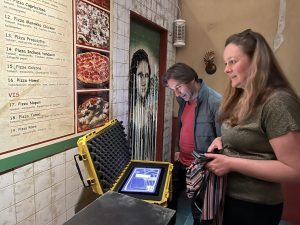
In our Italian Restaurant”, Billy Joel
The first puzzle room was a bit offensive to our Italian heritage. Having gone through some 1960 bead curtains into an Italian pizza parlour, you had to intercept smuggling messages being concealed as pizza ingredient orders. Another required you to use a UV lamp to find the notes hidden by French smugglers in a room. Another to match Eastern European criminals to their intercepted voice tapes. Yet another to match the nefarious smugglers of illicit tobacco by matching the cellular structure and smell of the leaves. Thankfully, these crooks were Australian.
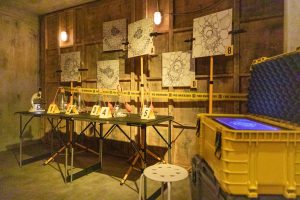
And thus, with some confidence we approached the fifth and final room. Our mission? Well it took 30 valuable seconds to work out we needed to find six ‘dark web’ transactions that were illegal, decode the binary to letters, then unscramble the letters to get an appropriate Dutch code word to enter into the yellow box. It looked like this:
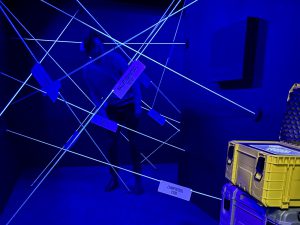
Easy peasy. It went something like this:
- Cocaine? Illegal, Daddy.
- 3D printed pistol? Illegal, Daddy. Seriously?
- Taser? Illegal, Daddy. Seriously?
- Anabolic steroids? Illegal, Daddy? Maybe not with a prescription?
- Switchblade? How long, Daddy? Possibly?
- Pepper spray, definitely illegal. Are you sure, Daddy? [clutching her handbag]
- Weed? Legal, definitely [actually, contrary to urban myth, illegal though the laws are not enforced]. Seriously?
...
Anyway, having jointly decided on four illegal things (only two of which were), yet still uncomfortably unclear about several others, we had the ignominy of the buzzer going off to declare that we had failed to complete our mission in time. The six letter word we should have produced for our escape was ‘donker’, i.e. ‘dark’ as in ‘dark web’. You might say, “oh well”, but it was a bit embarrassing that after two years of living in the Old Bailey as Sheriff I was still unclear on the old legal/illegal thing. Xenia was rather embarrassed at failing an escape room. My daughter is a harsh grader and failed me on Dutch escape rooms, and I got only a scraping pass on my Dutch.
